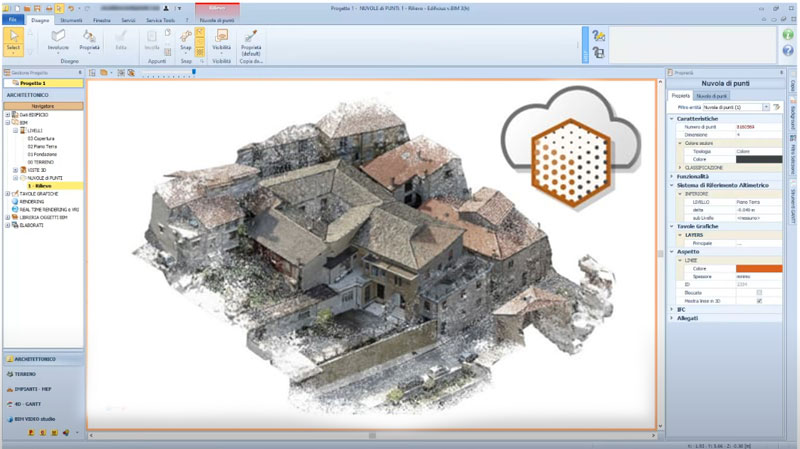Point clouds are a powerful tool for capturing 3D data of physical objects or environments. However, point clouds are typically not very useful on their own, and they require additional processing to create useful 3D models. In this blog post, we will explore the process of modelization after point clouds, and provide a comprehensive guide to creating high-quality 3D models from point clouds.

The Basics of Point Clouds: In this section, we will provide an overview of what point clouds are, how they are captured, and what they are used for.
Point Cloud Processing
Once point cloud data is captured, it needs to be processed before it can be used to create a 3D model. In this section, we will explore the different techniques and software tools used for point cloud processing.
Creating 3D Models from Point Clouds
This is where the real magic happens. We will discuss the different methods for creating 3D models from point clouds, including meshing, surface reconstruction, and volumetric reconstruction.
Tips and Tricks for High-Quality Models
In this section, we will provide some tips and tricks for creating high-quality 3D models from point clouds, including best practices for data capture, processing, and modelization.
Applications of 3D Models: In this final section, we will explore some of the many applications of 3D models created from point clouds, including architecture, engineering, construction, and entertainment.
Conclusion
Point clouds are a powerful tool for capturing 3D data, but they require additional processing to create useful 3D models. With the right techniques and software tools, it is possible to create high-quality 3D models that can be used in a wide range of applications. Whether you are a hobbyist, a professional, or just curious about the world of 3D modeling, this comprehensive guide to modelization after point clouds will provide you with the knowledge and skills you need to create stunning 3D models.
